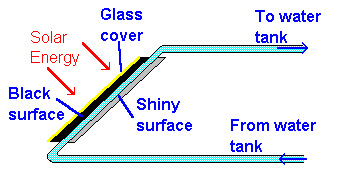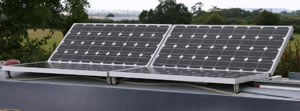While I have wandered from the main subject of the sun, to consider the source of stellar energy, the two topics are so intimately related that their solutions are identical. I consider that I have demonstrated the reasonableness of Jeans's theory by the manner in which it seems to fit the observed facts. There is, as I can see, no important objection to the hypothesis. It is too much to hope that the foregoing analysis is rigidly complete, but I confidently believe that the main points are established and that further modification will consist in the clearing up of details. The application of astrophysics and atomic theory to a new field appears to have met with considerable success. In spite of this success, however, caution is necessary. The present position of the theory advocated in this paper is somewhat analogous to the place once held by the theory of Helmholtz—i.e., it is the only one sufficiently elastic to stretch over the region of known facts. Our knowledge is yet limited and, with our vision thus impaired, we can not predict the future. Some unforeseen event may upset our present hypothesis as completely as that of Helmholtz; we have built as securely as possible upon observation, and it remains for the future to test the accuracy of this or any other theory so established.
In an attempt to discover a reasonable explanation of the origin and duration of the solar radiation, all possible sources of energy are examined. The following hypotheses are reviewed and discarded, the arguments against their validity being too well known to necessitate a review at this place;
(1) Original Heat;
(2) Chemical;
(3) Gravitational,
(a) Meteoric, (b) Contraction;
(4) Radioactive.



